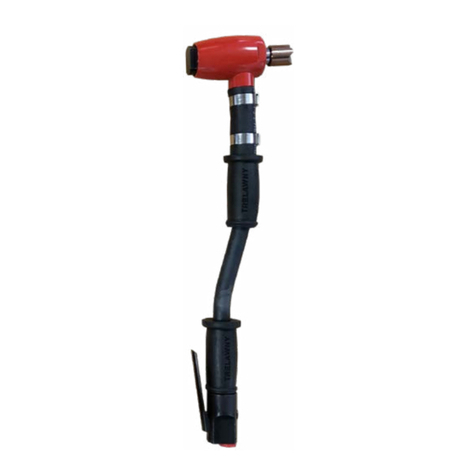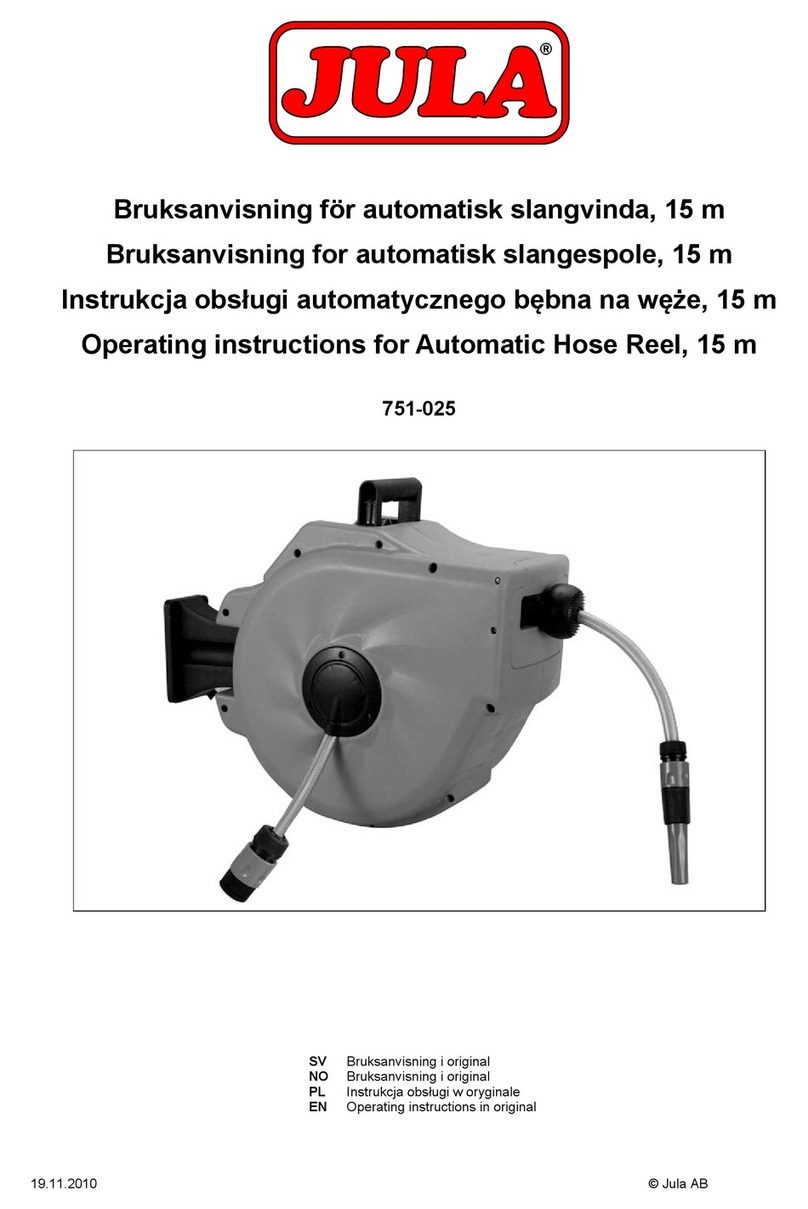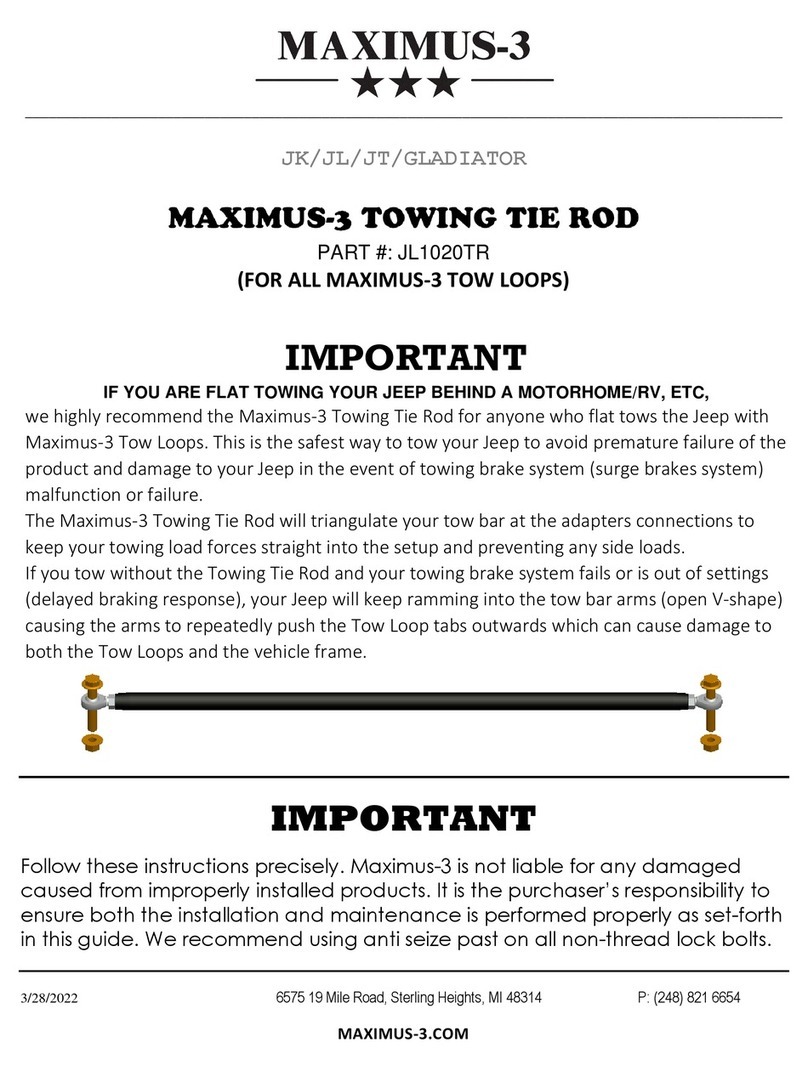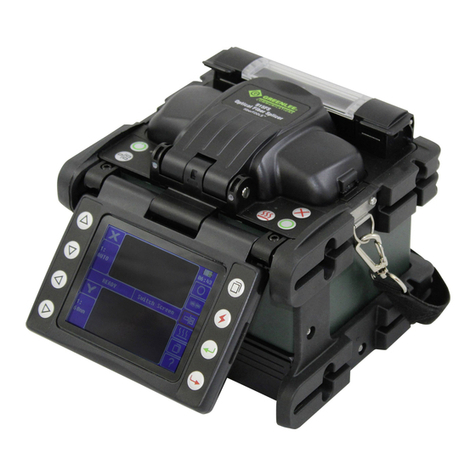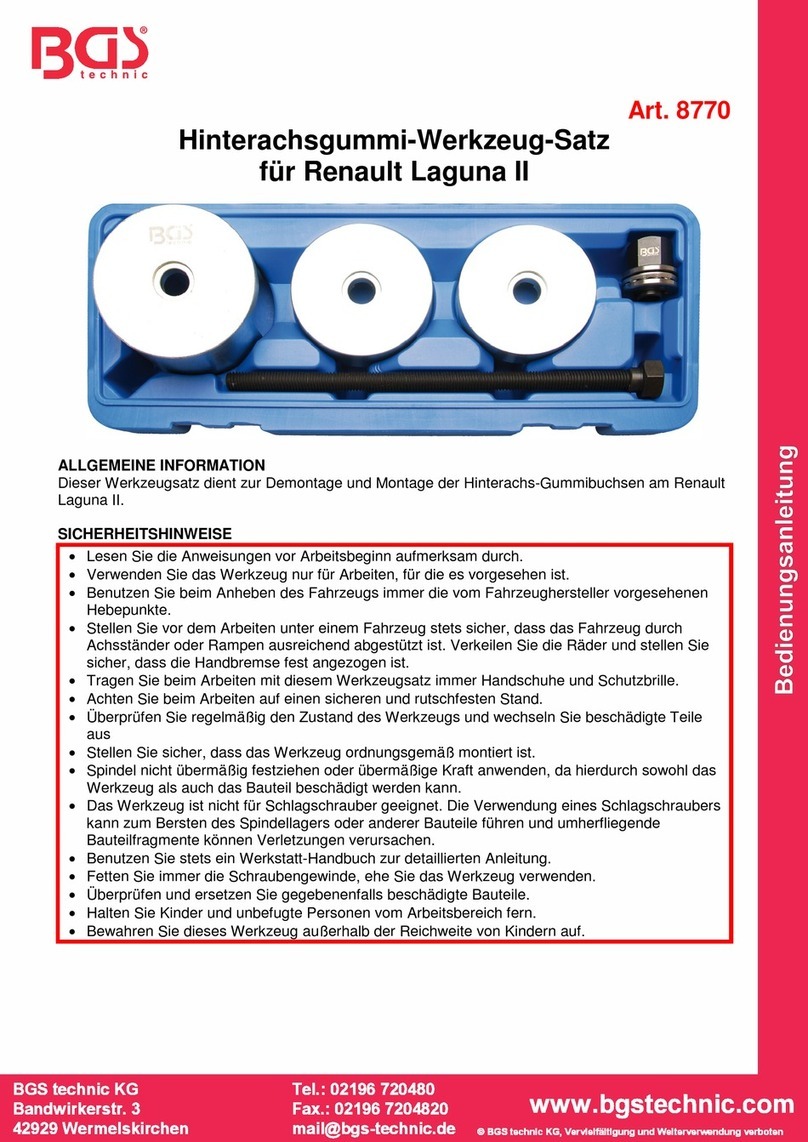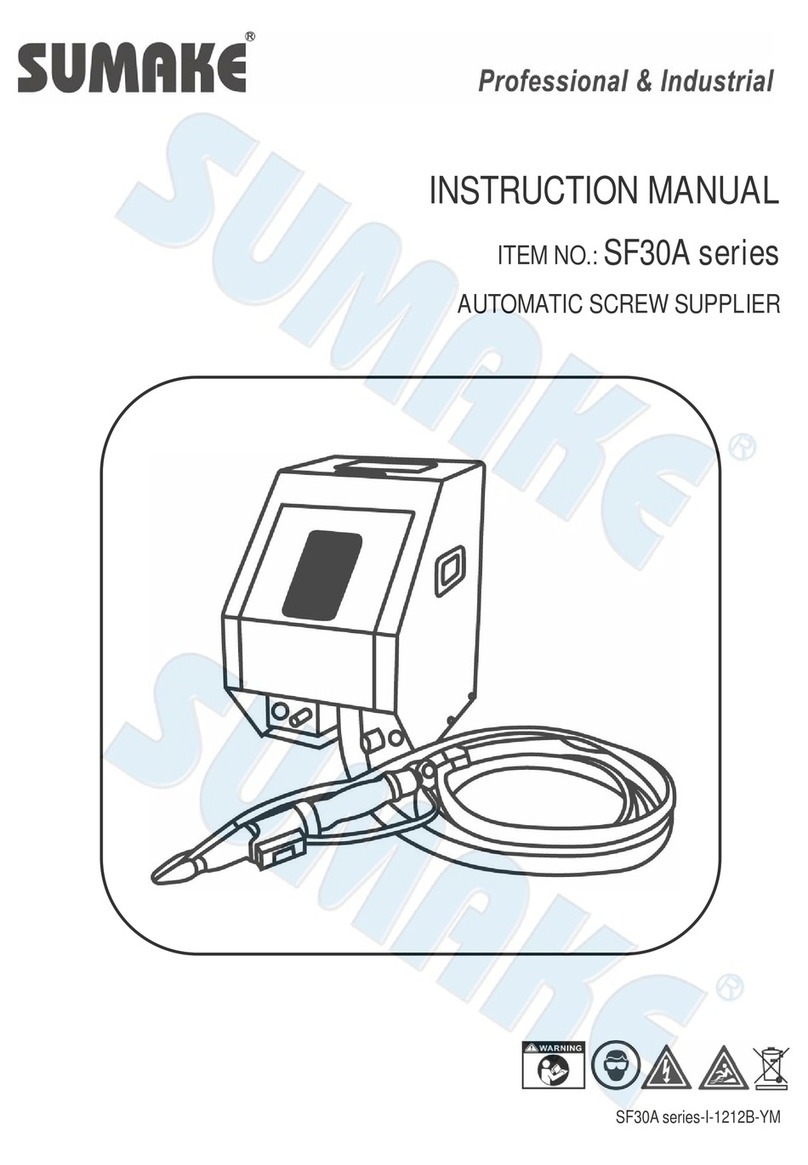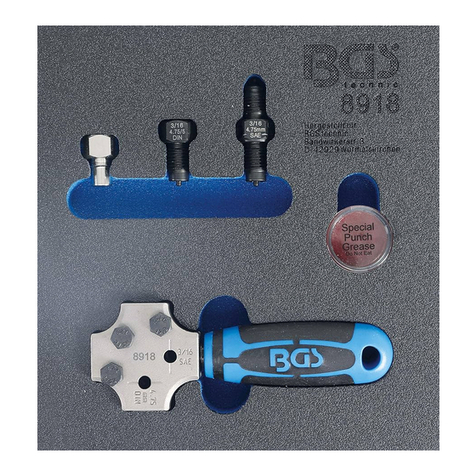Timberline Tool TopSide Clamp TC1-SR User manual












Table of contents
Other Timberline Tool Tools manuals

Timberline Tool
Timberline Tool TRTW5 User manual
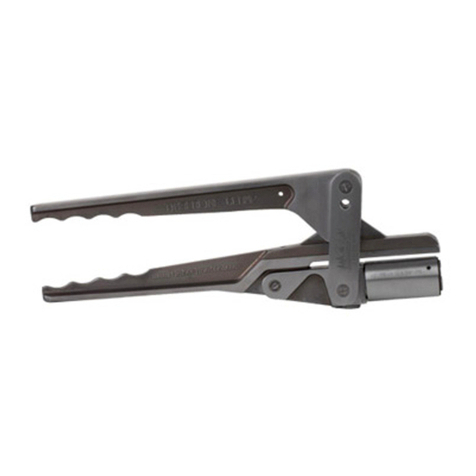
Timberline Tool
Timberline Tool TopSide Clamp TC1-S User manual
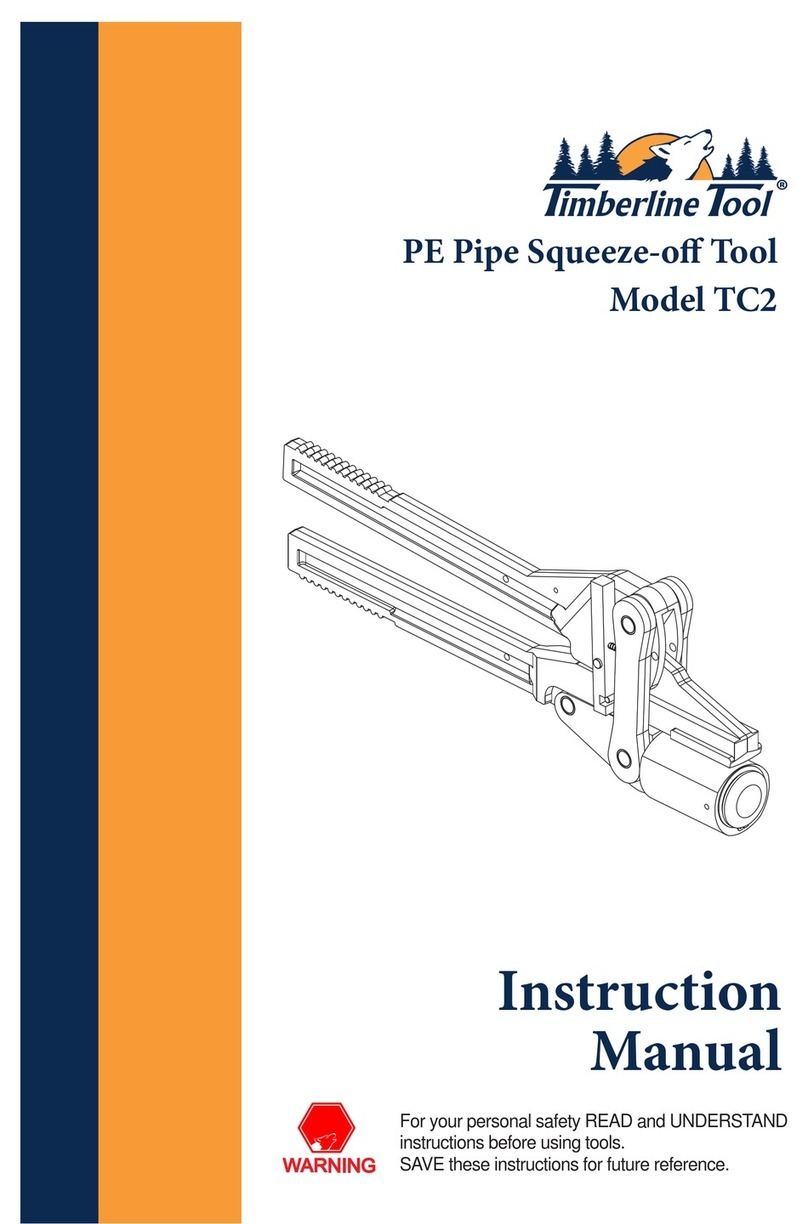
Timberline Tool
Timberline Tool TC2 User manual
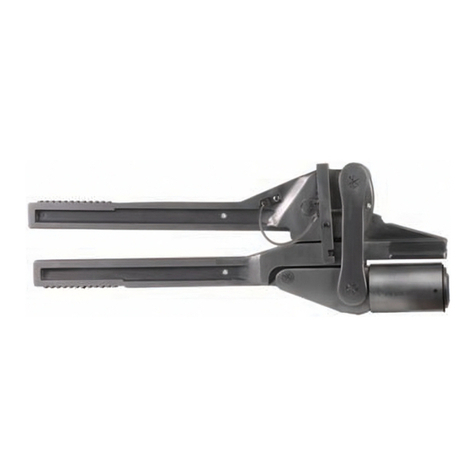
Timberline Tool
Timberline Tool TopSide TC2-S User manual
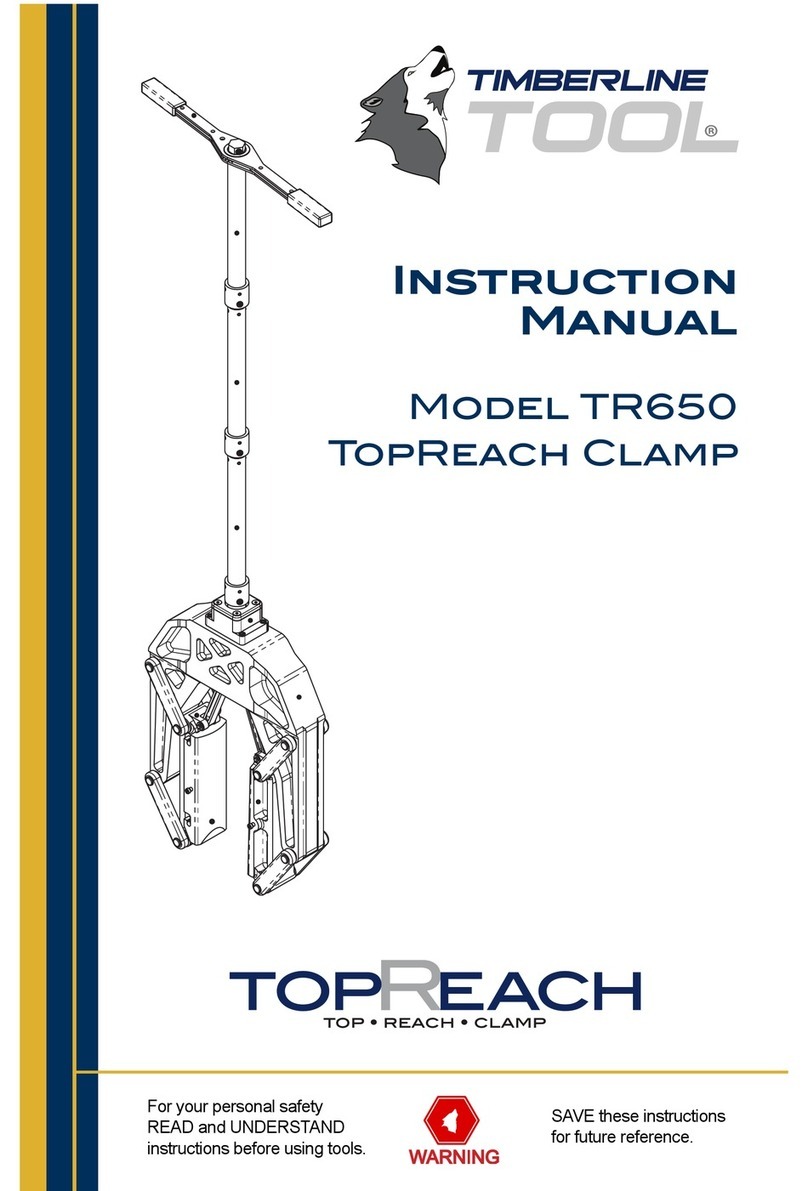
Timberline Tool
Timberline Tool TR650 User manual

Timberline Tool
Timberline Tool TopReach Clamp TR250 User manual
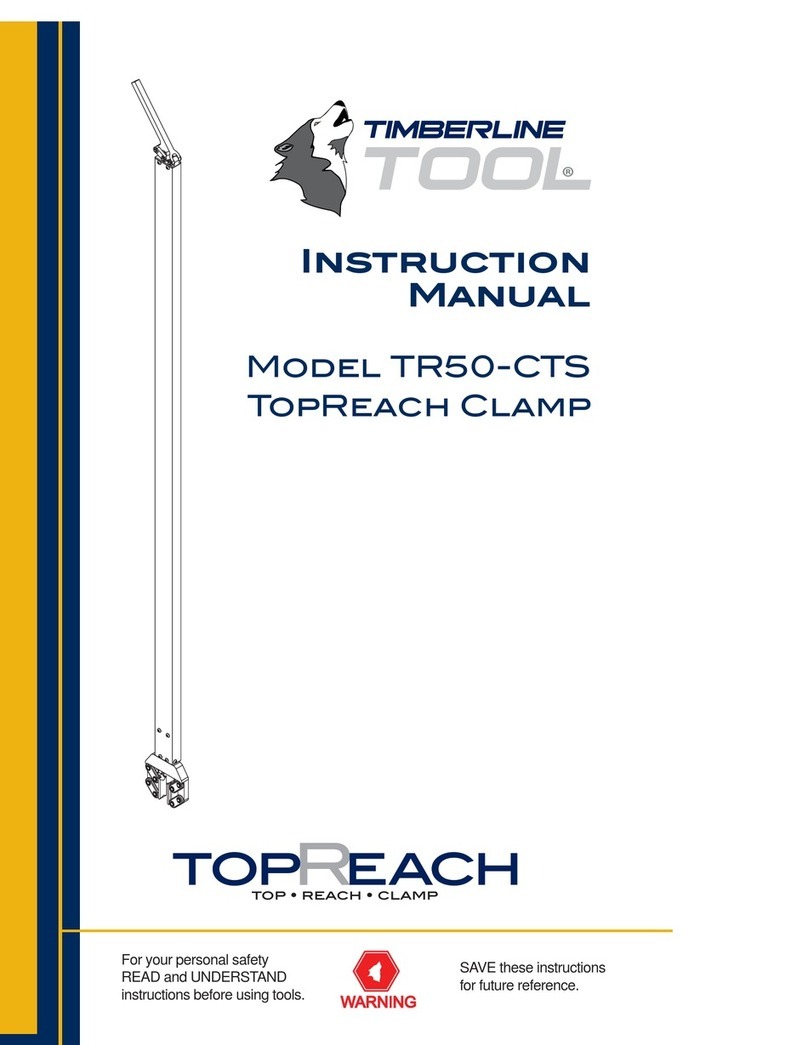
Timberline Tool
Timberline Tool TR50-CTS User manual
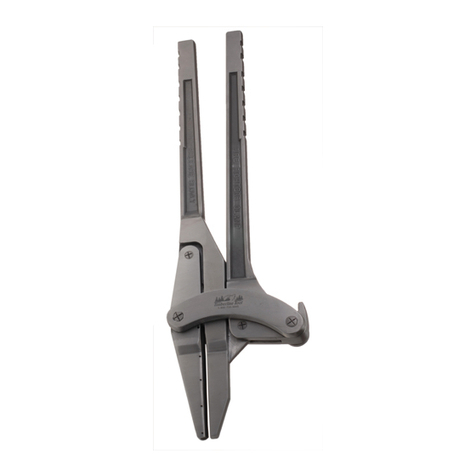
Timberline Tool
Timberline Tool FFV-2 User manual
Popular Tools manuals by other brands
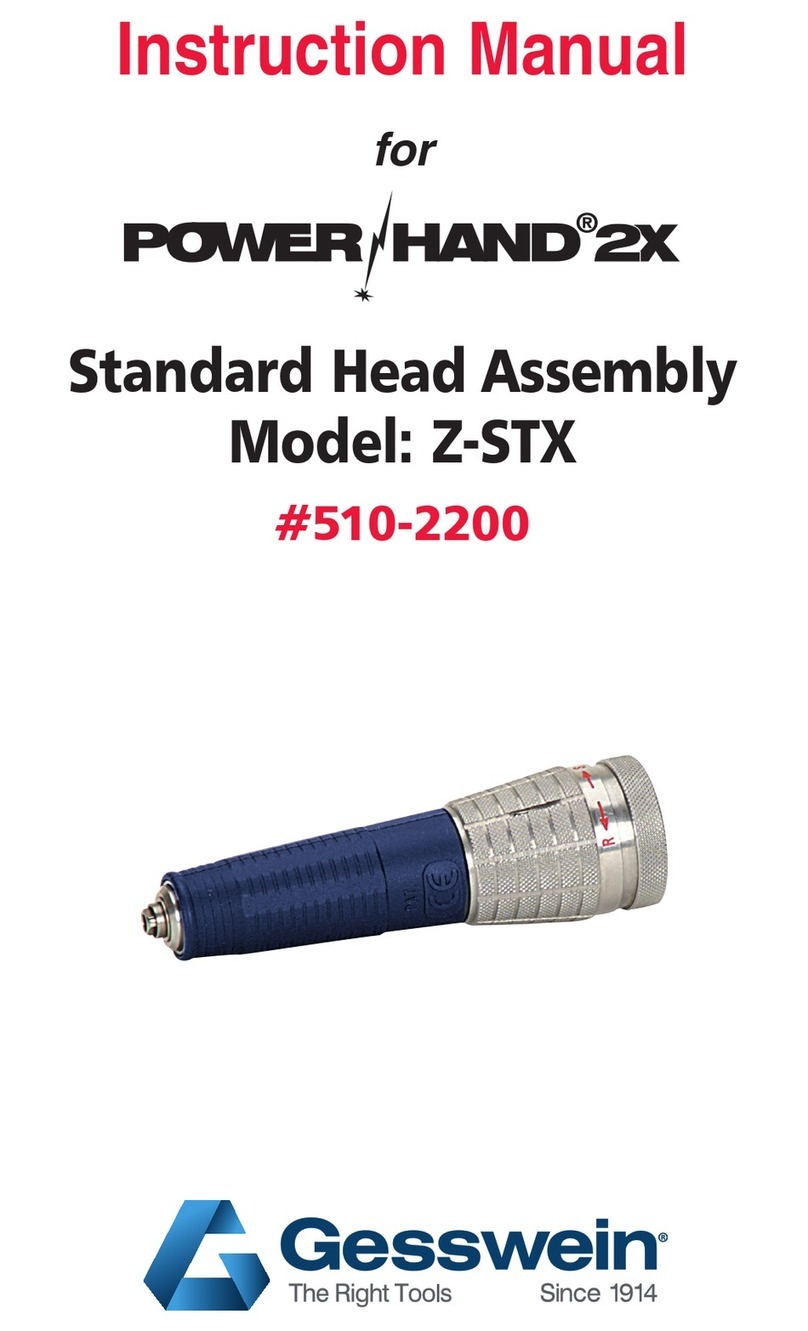
Gesswein
Gesswein Power Hand 2X Z-STX instruction manual
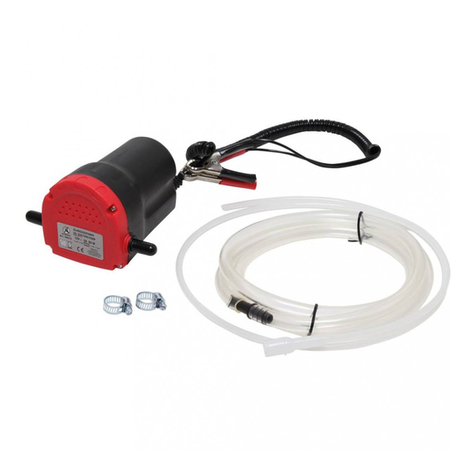
BGS technic
BGS technic 99910 instruction manual
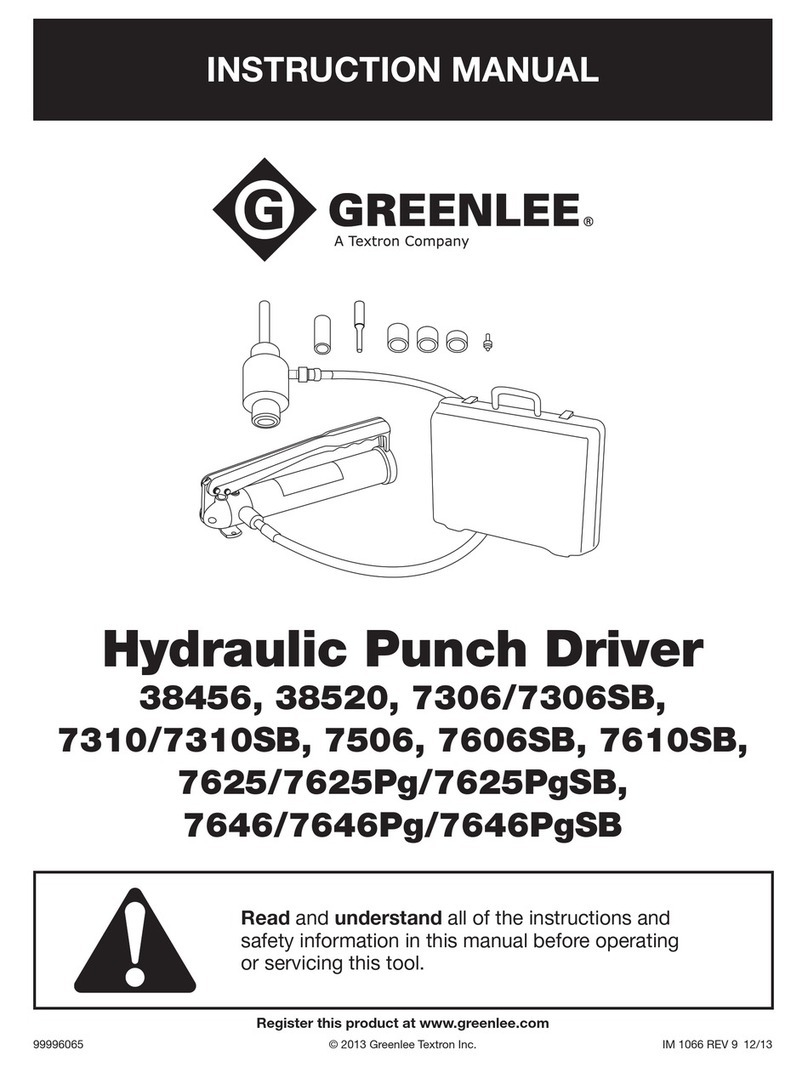
Textron
Textron GREENLEE 7646 instruction manual

ete
ete IR1759-MK5-AT3130-EDCont Operation and maintenance manual
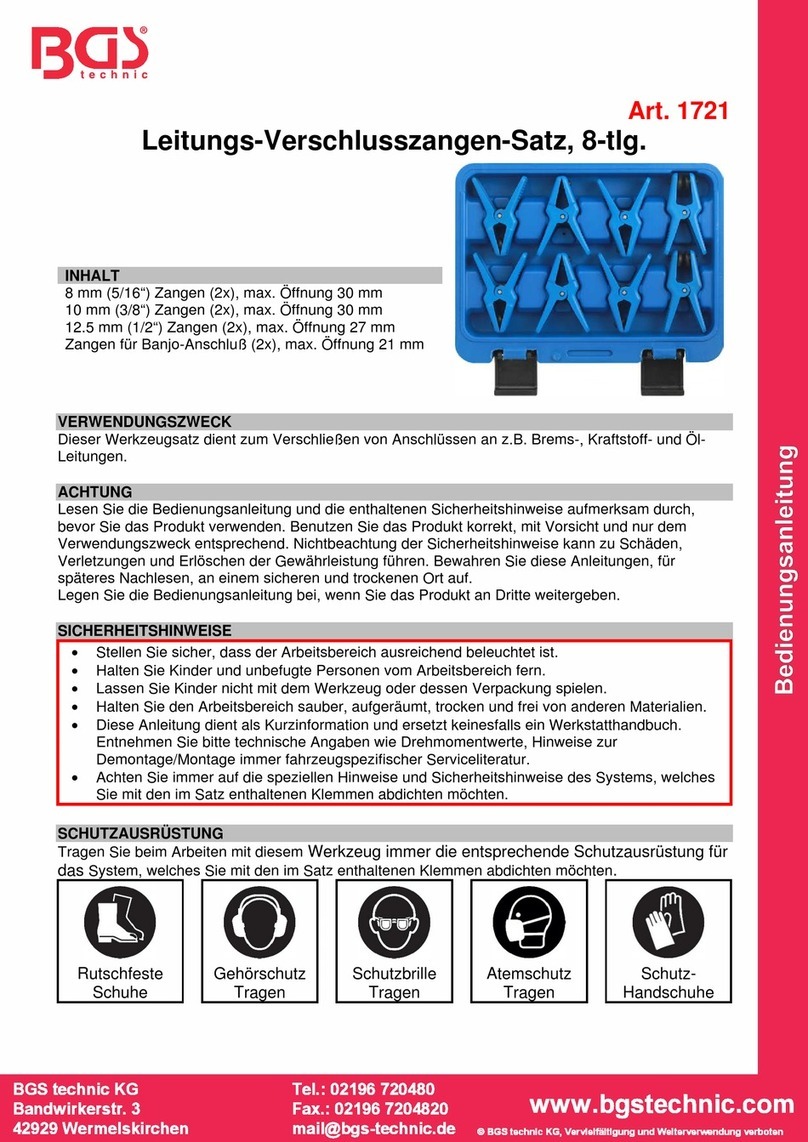
BGS technic
BGS technic 1721 quick start guide
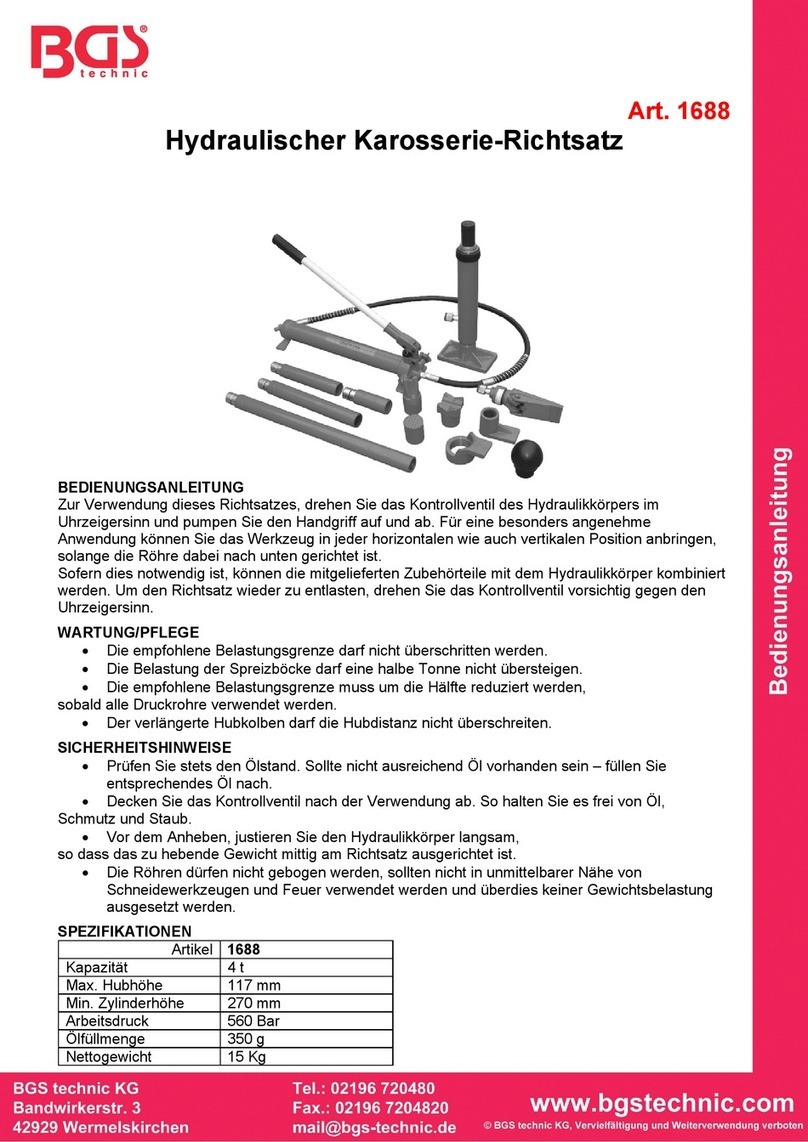
BGS technic
BGS technic 1688 operation instruction
